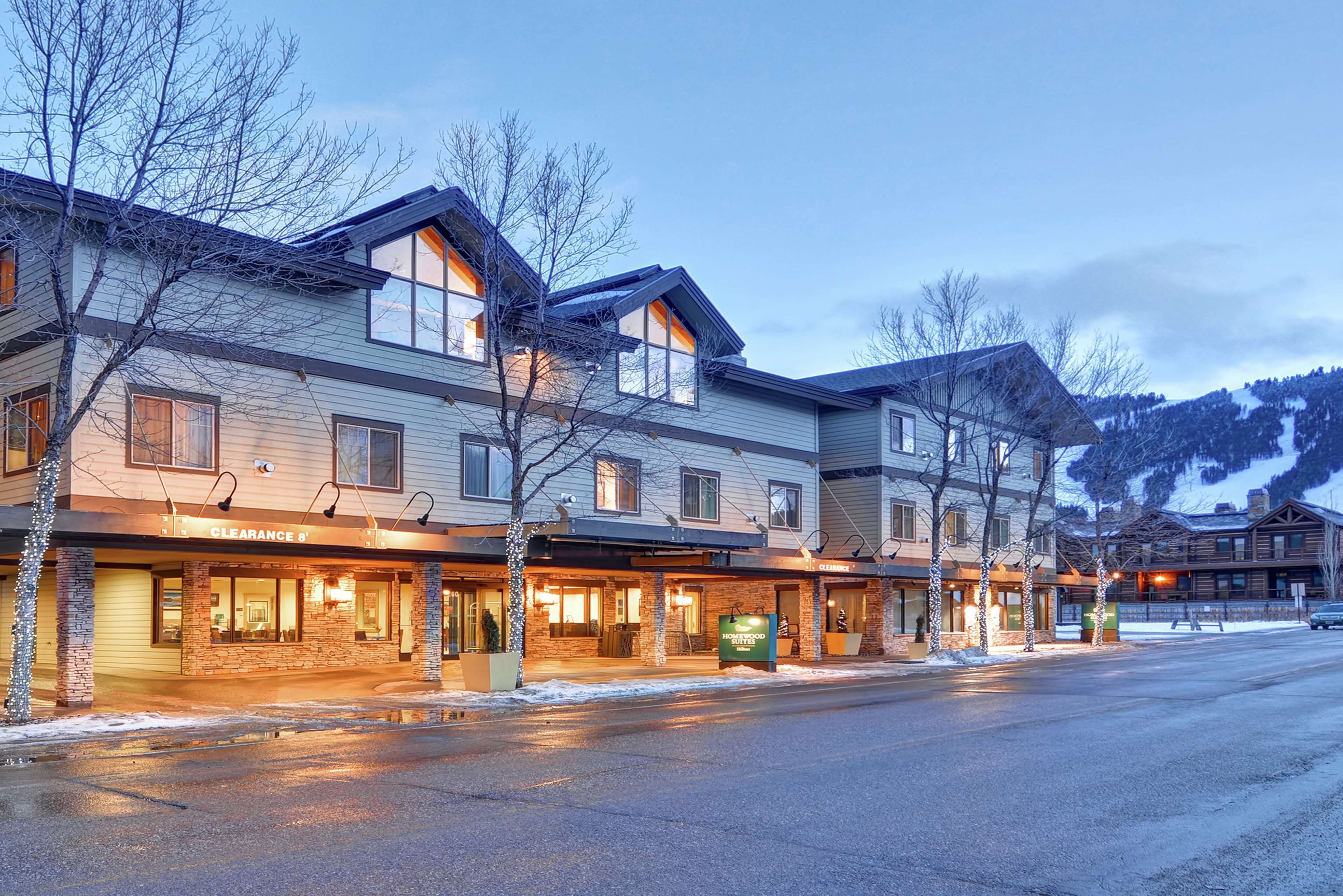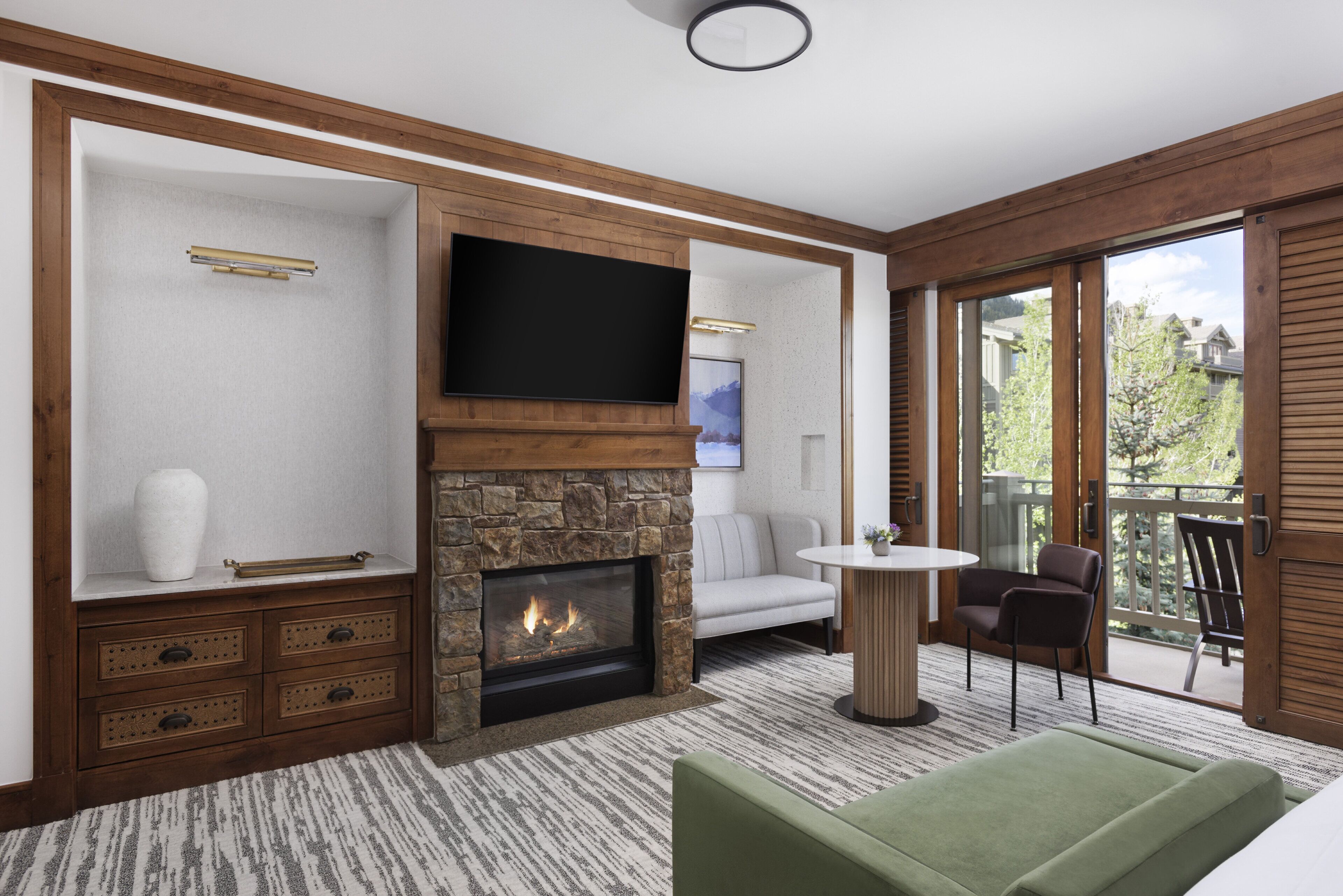In the late 1800s, Colonel S.B.M. Young, the acting Superintendent of Yellowstone National Park, suggested the expansion of Yellowstone's park boundaries towards the south. During the following years, various officials introduced a series of proposals to include the Teton mountain range and Jackson Lake in an enlarged Yellowstone. These proposals were met with fierce opposition by local ranchers, who feared that an expanded park would lead to cuts in their grazing areas.
Around this same time, farmers in the region suggested the damming of Two Ocean, Emma Matilda and Jenny Lakes for irrigation purposes. Ranchers became concerned that if the lakes were dammed, it could lead to the destruction of natural resources by way of increased commercial development. This concern led to a key meeting in 1923, when Yellowstone Superintendent Horace Albright and some local residents decided that they could pool private funds to buy up land. This way, they could lock the land away from developers and preserve the natural character of the Jackson Hole region.
Albright was the only person at the meeting who openly supported a national park. The other attendees wanted to make sure that they could continue to use the land for hunting and ranching. As time went by, public support for a national park grew. This support wasn't unanimous, and there were still many holdouts who would not sell their land to the government. Nonetheless, on February 26, 1929, Grand Teton National Park was signed into law by President Calvin Coolidge.
John D. Rockefeller, Jr. became enamored of the Jackson Hole area and decided to help with Superintendent Albright's plan. Rockefeller created a private company as a front to buy land, using the company to hide both his personal involvement and any links to the federal government. That way, local residents would sell their land to the company, not knowing that it was in fact going to be donated to the National Park Service.
When the true nature of Rockefeller's front company became publicly known, it caused outrage in the area. After many legal battles, this controversy was put to rest with a compromise that allowed limited hunting and grazing within the park, as well as the existence of some privately run guest ranches.
Embark on a captivating journey through time as you explore the rich history of Grand Teton National Park.
Long before the arrival of European settlers, this majestic landscape was home to Native American tribes such as the Shoshone, Bannock, and Blackfeet. They revered the towering peaks of the Teton Range, incorporating them into their legends and cultural traditions.
In the 19th century, fur trappers and explorers ventured into the region, drawn by the promise of abundant wildlife and untouched wilderness. The establishment of trading posts and homesteads marked the beginning of European influence in the area.
The history of Grand Teton National Park is also intertwined with the conservation movement in the United States. Visionaries like John D. Rockefeller Jr. recognized the importance of preserving this pristine landscape and played a crucial role in the establishment of the park. Through his efforts, thousands of acres of land were donated to the federal government, ensuring their protection for future generations.
Today, visitors to Grand Teton National Park can explore historic sites such as Mormon Row, a collection of picturesque homesteads dating back to the late 19th and early 20th centuries. Interpretive exhibits throughout the park offer insights into the lives of early settlers, Native Americans, and the pioneers of conservation who helped shape its destiny.
As you traverse the park's trails and marvel at its breathtaking scenery, take a moment to reflect on the generations who have called this place home and the enduring legacy of conservation that continues to protect it for years to come.











